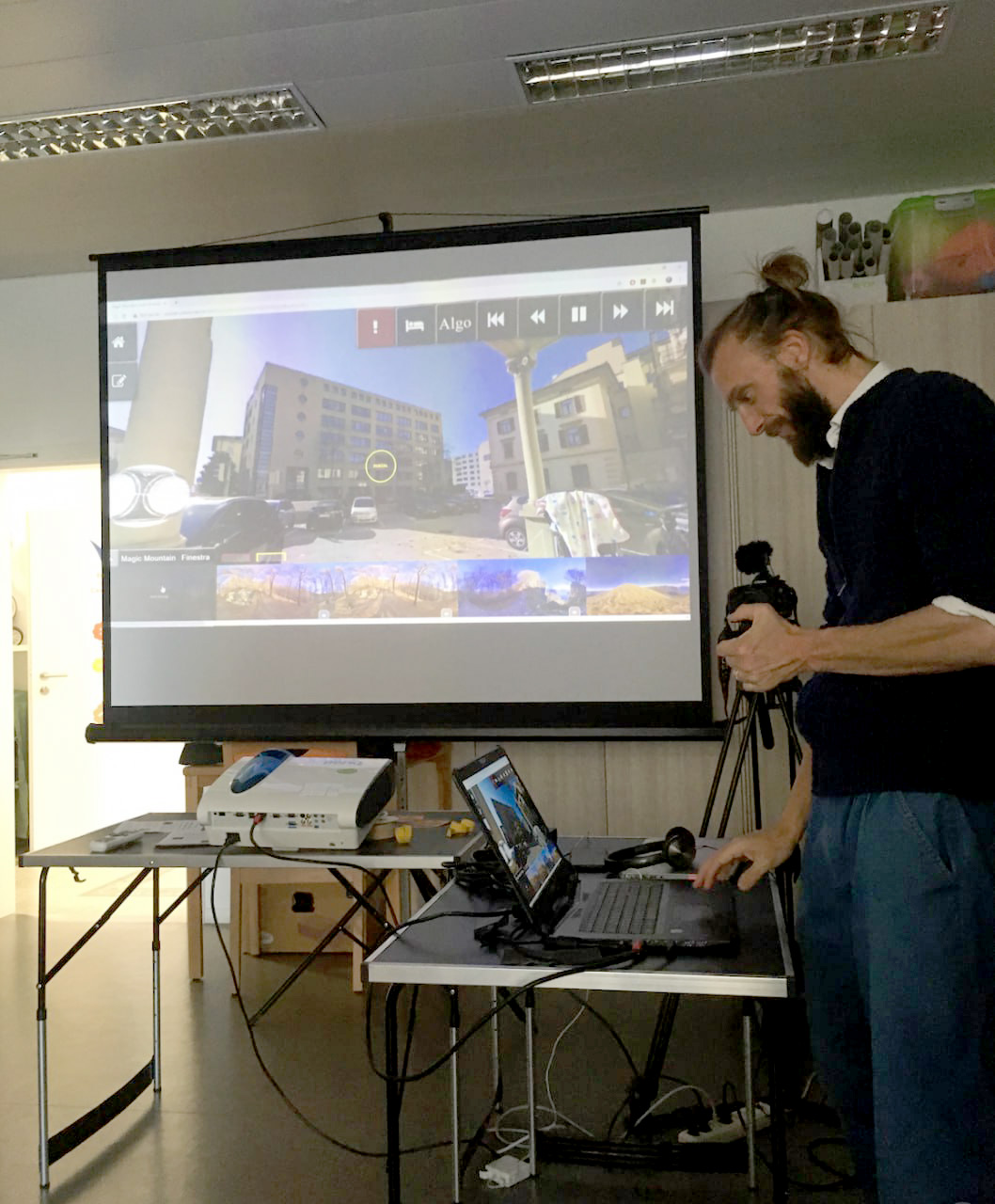Generative AI for Elderly Wellbeing
Creating Meaningful Connections Through Memory and Emotion
Generative artificial intelligence can rekindle memories, foster dialogue, and enhance the psychological wellbeing of elderly residents in care homes through personalized visual content creation.
Transforming Memory into Living Stories
In elderly care contexts, memory loss and emotional disengagement represent significant challenges, especially for those living in nursing homes. Social isolation and difficulty remembering significant events can reduce quality of life.Generative artificial intelligence offers an innovative approach to address these issues, creating new bridges between past and present while stimulating deep emotional connections. Through the creation of personalized photos and films, generative AI can reignite memories, encourage dialogue, and improve the psychological wellbeing of elderly individuals.
The Science Behind Our Approach
Numerous studies demonstrate how visual stimuli, such as personal photographs, can activate episodic memory in elderly individuals, even in people with mild to moderate dementia. Reminiscence Therapy, which uses images, objects, or stories from the past, is well-documented for improving psychological wellbeing and reducing depression symptoms.Familiar images activate brain areas associated with long-term memory, such as the hippocampus, facilitating memory recall and sense of identity. Our AI-generated approach extends this proven therapy by creating personalized visual content based on individual stories and memories.
1. Personal Story Collection
We conduct interviews with residents, family members, or staff to gather details about significant life events - weddings, travels, childhood memories, professional experiences. Existing diaries, letters, or photos serve as foundation for our work.
2. Collaborative Memory Activation
A trained operator works directly with each elderly person to develop the perfect AI prompt. This becomes a reminiscence activity itself. Questions like "What was your town like in the 1950s? What colors do you remember? Who was with you?" stimulate memory recall while creating precise prompts for AI generation.This collaborative process transforms residents from passive recipients to active co-creators of their visual memories.
3. AI Content Generation
Using advanced generative AI tools, we create:
- Realistic photographs of described past moments
- Short films recreating life scenes
- Animated personal photographs bringing smiles and expressions to life
- Enhanced experiences with evocative music and narrative voices
Content is presented through individual or group sessions in dedicated spaces, guided by trained operators who facilitate storytelling and memory sharing. Family members can contribute details and participate in sessions.
Expected Benefits
Memory Activation: Images, videos, and the collaborative creation process stimulate recall of specific events, even in people with mild or moderate dementia, promoting neuroplasticity.
Identity Reinforcement: Reconnecting with personal history helps elderly individuals maintain their sense of self, often challenged by institutional routines.
Emotional Wellbeing: Positive nostalgia and meaningful interactions can reduce anxiety and depression while promoting overall wellbeing.
Social Connection: Shared sessions create moments of connection between residents, staff, and families, breaking down isolation.

Implementation
Our approach includes:
Social Impact
This project celebrates elderly lives by giving value to their stories. The collaborative creation process empowers residents as co-creators of their memories, promoting a humanistic approach to care where technology serves emotions and memory.We also create opportunities for intergenerational connection, as younger family members can participate in story collection, strengthening family bonds across generations.
- Pilot workshop programs in care facilities
- Comprehensive training for operators
- Research initiatives measuring effectiveness
- Scalable protocols for multiple locations
- Privacy protection with informed consent processes
This project celebrates elderly lives by giving value to their stories. The collaborative creation process empowers residents as co-creators of their memories, promoting a humanistic approach to care where technology serves emotions and memory.We also create opportunities for intergenerational connection, as younger family members can participate in story collection, strengthening family bonds across generations.
